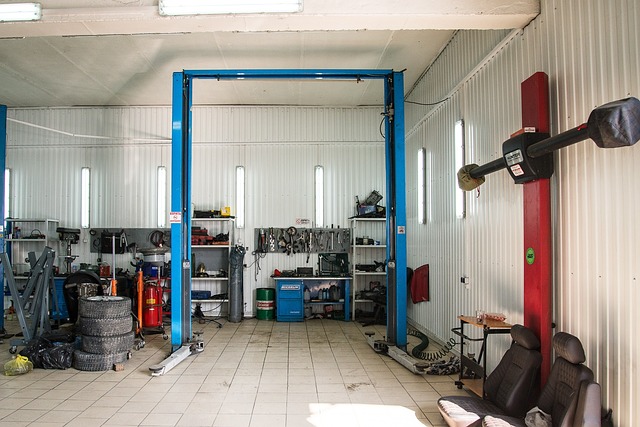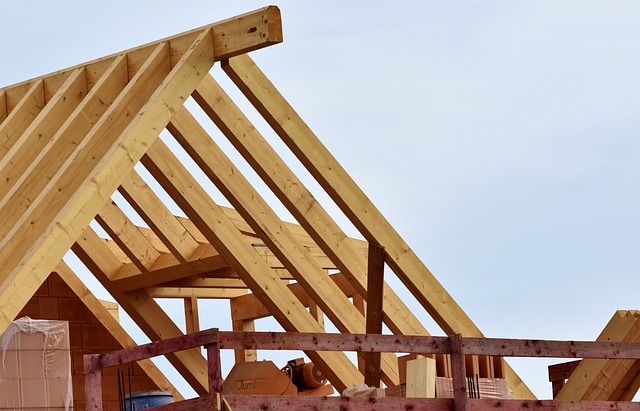Roof replacements are essential when roofs reach their 20-30 year lifespan or show damage from weather. Regular inspections can prevent costly repairs. Choosing the right material – asphalt shingles, metal, wood, or concrete – depends on climate, style, budget, and aesthetics. Reputable contractors should offer transparent pricing, licenses, insurance, warranties, and examples of previous work. Leaks, missing shingles, debris buildup, and cracks signal replacement needs to avoid interior damage and structural issues. Post-replacement, regular inspections and maintenance are key to extending the roof's lifespan.
Your home’s roof is a crucial defense against the elements. This article guides you through the process of roof replacement services, from recognizing when your roof needs replacing to hiring reliable contractors and understanding maintenance tips for longevity. We explore various roofing materials, budget considerations, common problems, and post-replacement care. By the end, you’ll be equipped with knowledge to make informed decisions regarding your home’s most important protection.
Understanding When Your Roof Needs Replacement

The need for roof replacement services isn’t always immediately apparent, but several clear signs indicate that it’s time to consider a new roof. One of the most obvious indicators is age; most roofs have an expected lifespan of around 20-30 years, depending on materials and installation quality. If your roof is nearing or has exceeded this age, its structural integrity might start to decline, making replacement necessary for safety reasons.
Another significant factor is damage caused by environmental elements like heavy rainfall, strong winds, or extreme temperatures. Leaks, missing shingles, or visible damage to the underlayment are all signs that your roof may need replacing. Regular inspections can help identify these issues early on, preventing further complications and costly repairs.
Types of Roofing Materials: Which One is Right for Your Home?

When considering roof replacement services, choosing the right roofing material is key. The options vary widely, each with unique characteristics, benefits, and drawbacks.
Common choices include asphalt shingles, known for their affordability and ease of installation; metal roofing, which offers superior durability and a wide range of styles; wood shakes or tiles, adding natural beauty and character but requiring more maintenance; and concrete tiles, renowned for their longevity and resistance to fire and severe weather. Each material’s suitability depends on factors like climate, architectural style, budget, and personal aesthetic preferences.
The Step-by-Step Process of Roof Replacement Services

The process of roof replacement services involves several meticulous steps to ensure a durable and leak-free finish. It begins with an initial inspection where roofing professionals assess the condition of the existing roof, identifying any damages or areas needing repair. This crucial step helps in determining the scope of work and the type of materials required.
Once the plan is set, the old roofing material is carefully removed, layer by layer, ensuring that all debris is cleared. After preparing the surface, new underlayment is installed, providing an extra barrier against moisture. The professionals then install the new roof shingles or tiles, starting from the bottom edge and working their way up, securing them with nails or screws. This meticulous installation process ensures a strong bond between each element.
Hiring a Reliable Roof Replacement Contractor: Tips and Tricks

When considering roof replacement services, hiring a reliable contractor is paramount. Begin by requesting recommendations from trusted sources like friends and neighbors who have recently undertaken similar projects. Check online reviews on reputable platforms to gauge the potential contractor’s performance and customer satisfaction levels. Verify their licensing, insurance, and warranty information before making a decision. A professional contractor should be able to provide examples of previous work, offer transparent pricing, and adhere to industry standards and safety protocols.
During the initial consultation, ensure clear communication about your project scope, timeline, and budget. Ask for detailed estimates outlining labor, materials, and any additional charges. Reputable contractors will take the time to understand your needs, provide expert advice, and answer all your questions, fostering a collaborative environment that ensures a successful roof replacement for your home.
Cost Considerations: Budgeting for Your New Roof

When budgeting for a roof replacement, it’s essential to consider several factors. The cost of materials and labor can vary widely depending on your location, the size of your home, and the type of roofing material you choose. Traditional shingles are generally more affordable than premium options like metal or tile. Additionally, factors like accessibility (steep pitches require specialized equipment), existing structural integrity, and local building codes may impact the overall price tag.
Roof replacement services often include a thorough inspection to assess these elements and provide an accurate estimate. It’s crucial to obtain quotes from multiple reputable contractors to ensure you’re getting a fair price. Don’t be afraid to ask about warranties or guarantees on both materials and workmanship, which can offer peace of mind and potential savings down the road.
Maintenance and Longevity: Maximizing Your Roof's Lifespan

Regular maintenance and timely repairs are key to maximizing your roof’s lifespan. An annual inspection by a professional roofing contractor can help identify small issues before they become major problems. Keep an eye out for common signs of trouble, such as missing or damaged shingles, leaks, or mold growth. Addressing these issues promptly will prevent further damage and extend the life of your roof.
Investing in quality materials and professional roof replacement services is also crucial. Opting for durable, high-grade shingles and proper installation techniques ensures better protection against weather elements, pests, and UV rays. Regular maintenance and smart choices during replacement can significantly contribute to a well-maintained roof that provides years of reliable coverage.
Common Roof Problems That Signal the Need for Replacement

Common Roof Problems That Signal the Need for Replacement
One of the most crucial indicators that your roof needs replacement services is the presence of leaks. Moisture seeping through can cause significant damage to the interior of your home and foster the growth of mold and mildew. Another common issue is missing or damaged shingles, which not only compromise the structural integrity of your roof but also leave your home vulnerable to harsh weather conditions. Debris buildup, especially after storms, can clog gutters and drains, leading to water saturation and potential roof decay.
Cracking or blistering on the roofing surface, often caused by extreme temperature fluctuations or poor installation, are additional red flags. These defects not only affect the aesthetic appeal of your home but also undermine its energy efficiency. If you notice any of these problems, it’s essential to contact professional roof replacement services to assess and address the issue promptly before further damage occurs.
Post-Replacement Care: Ensuring Your New Roof Lasts

After your roof has been replaced, proper care is essential to ensure longevity. Regular inspections are key; check for any signs of damage or wear and tear, especially after extreme weather events. Keeping your roof clean and well-maintained will help extend its lifespan. Remove debris like leaves and branches promptly, as they can cause blockages and strain the system.
Additionally, maintain proper ventilation to prevent excessive heat build-up, which can lead to damage. Use professional Roof Replacement Services for any repairs or maintenance to ensure the job is done right. Regular upkeep will save you from costly replacements in the future.
